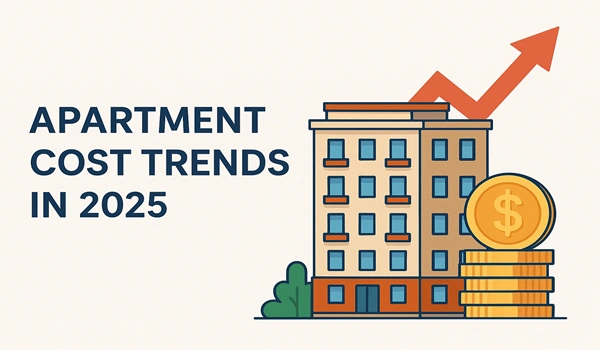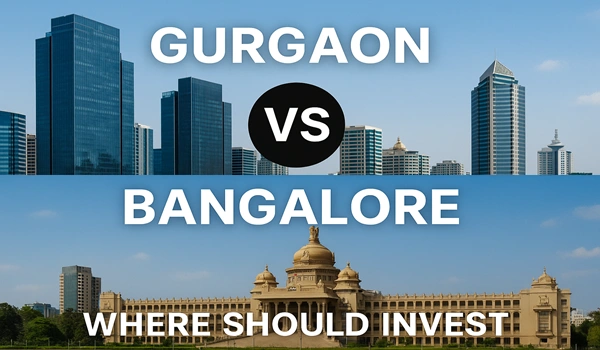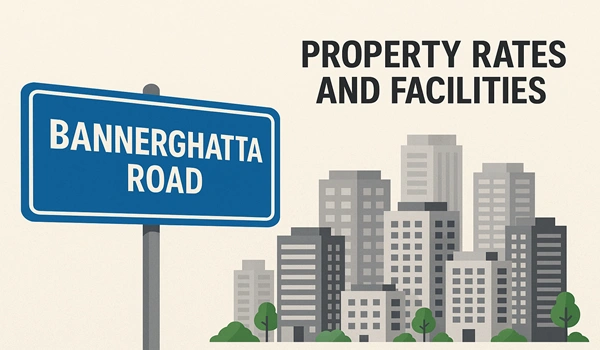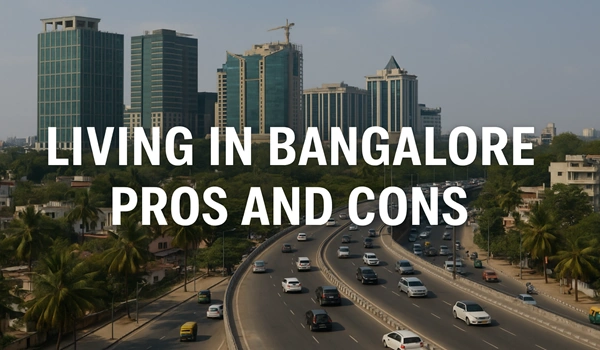Does the Sarjapur Road area flood?
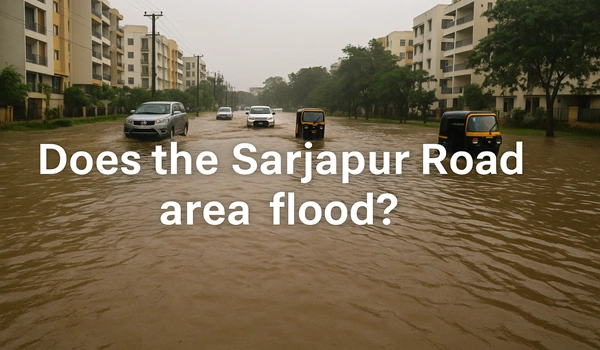
Sarjapur Road in Bangalore has rapidly grown into a major residential and commercial hub over the past decade. Known for its excellent connectivity, rising infrastructure, and proximity to IT corridors, the locality attracts steady demand for housing. However, like many parts of the city, questions about flooding during heavy monsoons have surfaced among prospective residents and stakeholders. Understanding the reality of waterlogging in this area is essential for anyone evaluating its livability.
History of Waterlogging in Sarjapur Road
Parts of Sarjapur Road, especially low-lying stretches, have experienced waterlogging during periods of intense rainfall. This issue has been most notable near junctions with poor drainage or where rapid construction has outpaced civic planning. Localities like Bellandur and the areas closer to Agara Lake have occasionally been affected, drawing attention to drainage infrastructure gaps.
The primary cause of such flooding incidents has been inadequate stormwater management and encroachments on natural water bodies and canals. With Bangalore receiving unpredictable rainfall patterns in recent years, such challenges have become more visible.
Ongoing Efforts to Improve Drainage and Flood Management
Recognizing the concerns, the Bangalore civic authorities and development boards have initiated various measures to address flooding in and around Sarjapur Road. These include:
- Widening and desilting of stormwater drains
- Restoration of natural water bodies
- Development of new drainage systems in fast-developing zones
- Rainwater harvesting mandates in residential projects
Government action is also supported by private developers who are incorporating sustainable drainage and water management systems in their communities. These efforts are gradually reducing the severity and frequency of waterlogging during peak monsoon.
The Current Situation in Kodathi Village
Kodathi Village, located along the Sarjapur Road corridor, has benefited from relatively better planning and elevation compared to older pockets of development. Projects like Birla Evara are designed with modern infrastructure, considering water flow, site grading, and eco-sensitive construction techniques. This reduces vulnerability to flooding and contributes to better overall water management.
Being away from flood-prone zones yet well connected to Bangalore’s key work hubs makes Kodathi Village an emerging destination for those seeking quality living without the drawbacks of central congestion.
Key Factors That Reduce Flood Risk in New Developments
Modern residential townships near Sarjapur Road, including Birla Evara, are constructed with key features that mitigate flooding risks:
- Underground stormwater drain networks
- Elevated land grading and soil compaction
- Integrated rainwater harvesting systems
- Ample green cover and permeable surfaces
Such planning ensures water runoff is managed effectively, reducing water stagnation and maintaining cleanliness and hygiene during monsoons.
While flooding has affected some pockets along Sarjapur Road, proactive planning and improved civic action are steadily improving the situation. Areas like Kodathi Village are witnessing structured development with better drainage solutions, making them more resilient to seasonal rains. Projects like Birla Evara reflect a commitment to building in sync with environmental realities, offering peace of mind to residents concerned about long-term sustainability and safety.
As Bangalore continues to expand, the focus on smarter urban development is helping reduce the impact of natural challenges such as flooding, especially in newer, thoughtfully designed zones along the Sarjapur corridor.

